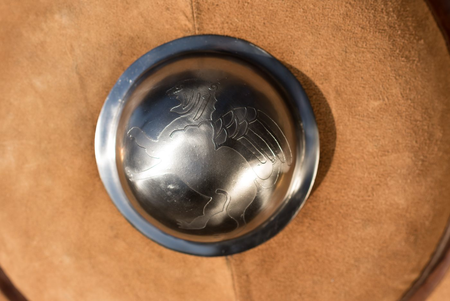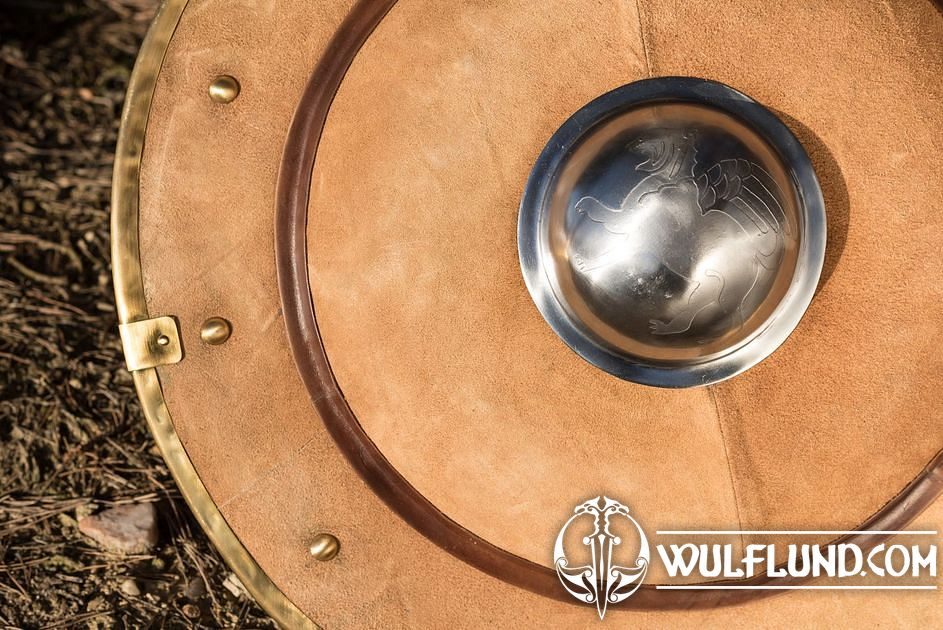

When did this formation first appear? It had certainly become standard by the time of the Peloponnesian War. Today the phrase ‘hoplite phalanx’ refers to a formation of uniformly equipped foot soldiers, a formation that arranged men in rows and columns (or ranks and files) and excluded light-armed troops such as archers, slingers, and javelin-throwers. 6.5.27), so strictly-speaking Droysen’s suggestion cannot stand.10 The Greeks knew the phalanx before Philip II. He devised the compact order and the equipment of the phalanx, imitating the close order of the heroes at Troy, and he first established the Macedonian phalanx.īut the phrase ‘ἡ φάλαγξ τῶν ὁπλιτῶν’ (‘the phalanx of hoplites’) does occur in Xenophon ( Anab. 9 He probably had in mind Diodoros’ description of Philip II’s institution of the Macedonian phalanx (16.3.2): 8 Since the word ‘phalanx’ does not appear in a military context in Herodotus or Thucydides, I can understand why Hans Droysen once recommended restricting the use of ‘phalanx’ to infantry armed with the Macedonian sarissa. 6 Other archaic poets, perhaps echoing Homer, also use the plural: Tyrtaios speaks of the good warrior who ‘turns to flight the enemy’s rugged phalanges’, 7 and Mimnermos of the warrior who broke ‘the massed phalanges of the Lydian horsemen’. With a single exception, Homer uses the word in the plural. 5 The word φάλαγξ (phalanx), which apparently derives from a root meaning ‘log’, appears about twenty times in Homer’s Iliad, meaning a battle-line or a section of an army. In the second half of the century, ‘hoplite’ becomes common as a noun, first in Herodotus, then in Thucydides, Aristophanes, Euripides, and inscriptions. The word ὁπλίτης (hoplite), which derives from ὅπλα (military equipment), first occurs in the first quarter of the fifth century BC as an adjective in Pindar ( Isthm. The phrase ‘hoplite phalanx’ is more common today than it was in the classical Greek world. 4 Even so, I want to argue that in one limited sense Marathon was even more important than scholars have recognized: at Marathon a Greek army first fought as a ‘hoplite phalanx’ in the sense in which we use the phrase today. 3 In 2010, Richard Billows published Marathon: How One Battle Changed Western Civilization. Fuller, Marathon was ‘the birth-cry of Europe’. If the issue of that day had been different, the Britons and Saxons might still have been wandering in the woods’. 1 John Stuart Mill pronounced that ‘The Battle of Marathon, even as an event in English history, is more important than the Battle of Hastings. ‘There is no battle in ancient or modern times more deserving of applause for its military conduct’, proclaimed George Finlay in 1839, ‘none more worthy of admiration for its immediate results on society, or more beneficial in its permanent influence on the fate of mankind’. The phrase ‘hoplite phalanx’ is more common today than it was in the classical Greek world.Ĭhair and W.


Victorian depiction of a Macedonian phalanx at the Battle of the Carts.


 0 kommentar(er)
0 kommentar(er)
